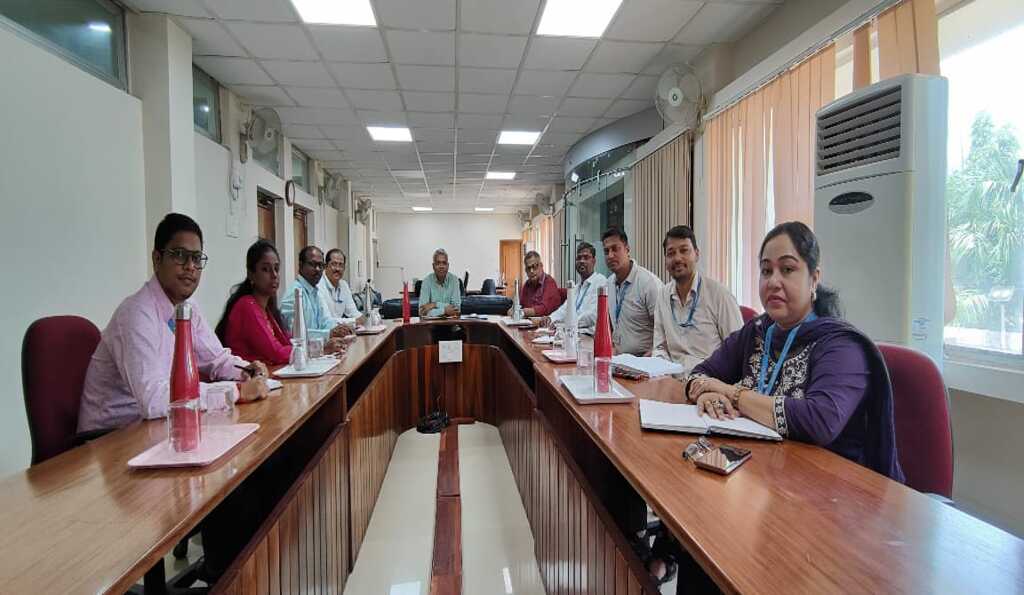Community Based Surveys
The major activities during the initial years (1983-1993) were community-based surveys on common infectious diseases such as lymphatic filariasis, malaria, intestinal parasitic infestations and tuberculosis. These studies generated data on the prevalent health problems of the people of Andaman and Nicobar Islands and therefore, were the foundation stones on which the Centre’s research was built up.
Identifying Andaman Haemorrhagic Fever as leptospirosis
Since 1988, outbreaks of a febrile illness with pulmonary involvement and hi gh fatality have been occurring in Andamans. Local health professionals referred to this disease as Andaman Hemorrhagic Fever (AHF). The etiology remained unidentified till 1993. The Centre investigated an outbreak of AHF at Diglipur in North Andaman in 1993. The medical history of the islands and the epidemiological features of the outbreak indicated the possibility of leptospirosis though the clinical features were very different. The Centre worked on this lead and could establish that AHF was a clinical variant of leptospirosis. This diagnostic demystification of AHF was the turning point in the history of the Centre. Several community based studies conducted later showed the disease is highly endemic in Andaman. This was one of the important reasons for taking up leptospirosis as the major thrust area of research for the Centre. The Centre investigated the outbreak of Andaman Haemorrhagic Fever, that has been a mysterious disease in the islands for several years, and showed that it was due to leptospirosis. This unraveled a longstanding diagnostic mystery.
Identification of a New Serovar of Leptospira
An isolate of leptospira obtained from a patient affected during an outbreak was found to be a new serovar of a new serogroup. The serovar was named Portblairi and the serogroup Sehgali.While investigating outbreaks of leptospirosis in Andaman Islands, four isolates were recovered from patients. Three of them were identified as belonging to serogroup Grippotyphosa. However, serological tests done on the fourth isolate (DS-2) did not yield conclusive evidence to place it in any of the known serogrops. Therefore, it was proposed as a new serovar Portblairi of a new serogroup Sehgali
RCT on doxycycline prophylaxis
Chemoprophylaxis is the only practical control measure for leptospirosis in outbreak situations. It has been found useful in persons from non-endemic areas while visiting endemic areas. In Andamans the disease occurs mainly in the post monsoon season of October – November months and lasts for only a short period of time. Since no control measure is available presently in these islands, it was considered worthwhile to evaluate the efficacy of doxycycline chemoprophylaxis as a possible short term control measure in preventing infection and disease due to leptospires by conducting a randomized controlled trial. The study showed that although doxycycline prophylaxis in the dose of 200 mg per week did not offer any protection against leptospiral infection, the regimen offered 54% protection against clinical illness and reduced severity of disease. This work is a widely quoted and has been the basis of advocating doxycycline prophylaxis against leptospirosis during outbreak situations. The efficacy of doxycycline in the dose of 200 mg per week in preventing leptospiral infection and diseases was assessed. Although the drug did not protect against infection, it gave 54% protection against illness.





